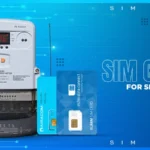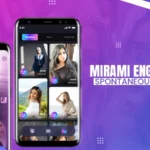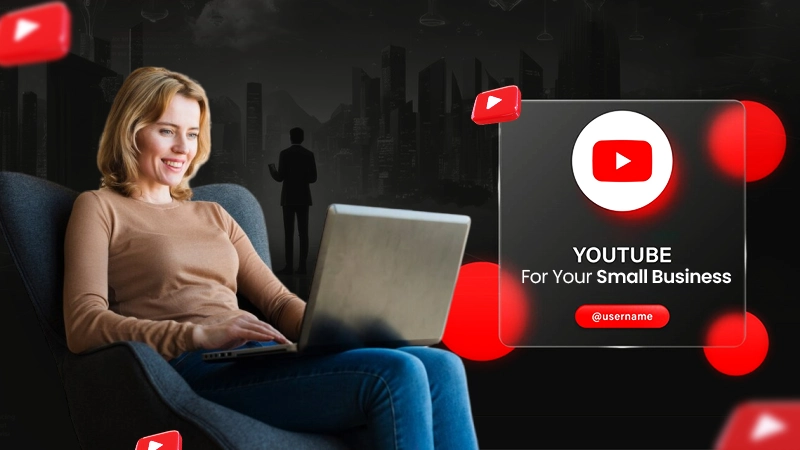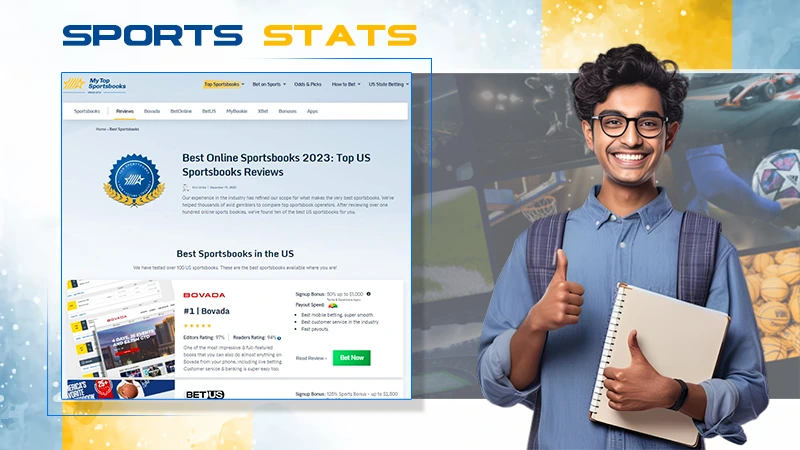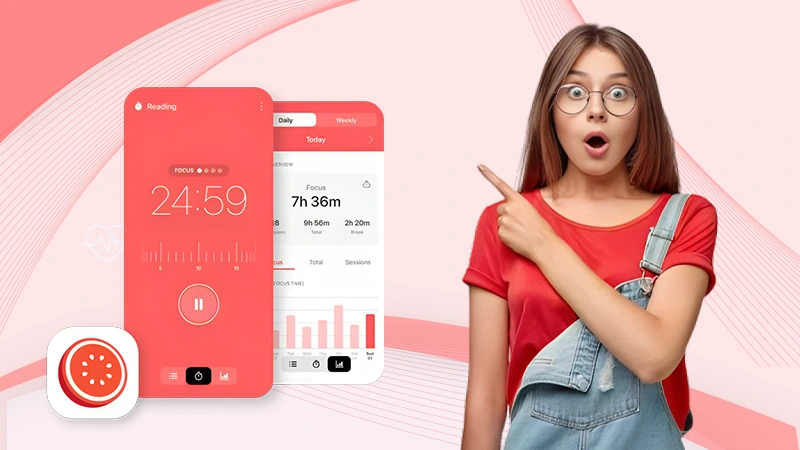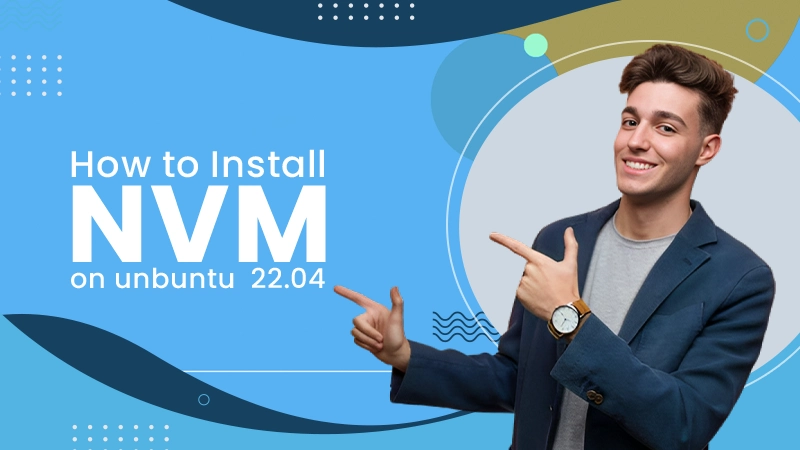Email marketing is undoubtedly a highly effective method used to advertise a business. However, the secret sauce to ensure marketing efforts deliver the desired outcome depends on an advertiser’s ability to effectively create newsletters and build a relevant list of responsive subscribers.
In this guide, we will walk you through the art of creating a successful newsletter and how it can boost your marketing efforts.
What’s a Newsletter?
An email newsletter is a digital marketing means of communication sent from a brand to its list of active subscribers. It contains information related to your brand, ranging from the latest news, tips, product and service guides, customer experience, and new releases.
Email newsletters offer complete control of personalization. You can simply send out a newsletter to your subscribers daily to keep them updated about your brand’s latest news and happenings.
In a marketing report for 2020, 81% of B2b marketers generated desired results through email newsletters. Given these statistics, now is the best time if you haven’t used the email newsletter yet.
Companies typically use email newsletters for the following reasons:
- To announce sales, discounts, or giveaways
- News and updates on the company
- Offering subscription package
- Build connection
- To market new products and services
- Guides on how products or services can help
Reasons to Use Email Newsletters
Grabbing a customer’s attention is good, but making them loyal to your brand is another ball game. Every B2b marketing expert has started to utilize email newsletters in their content marketing to achieve ultimate goals, including brand awareness, organic leads, and engagement.
In a world where everything has become digital, it’s essential to add email newsletters to your marketing strategy.
They can make or break any marketing strategy. But if done the proper way, it could benefit your company in countless ways, such as:
Source of Organic Traffic
Email newsletters are a great way to drive organic traffic to your brand. Newsletters are reported to have an open rate of 22%. They are filled with relevant and engaging content in which you can add snippets of your product launch, articles, add calls-to-action to landing pages, or guides to provide them with more information about your offerings and brand.
Boosts ROI
Customer retention is a crucial yet important element to brand loyalty. And for that, a newsletter can help. For example, by creating a newsletter focused on product info or guide, you can help customers recognize why they need your product.
Valuable Business Data
In every email newsletter which you send out, performance statistics are generated. These statistics help you gather customer data and track performance to fully understand which area of your email marketing needs improvement and what’s causing good outcomes.
Methods to Create a Successful Newsletter
Devising a structure for your email newsletter is extremely important for its success. Try to stick to one consistent format as a brand so your subscribers know what to expect. Here are some things to keep in mind:
Source of Organic Traffic
Before creating an email newsletter, a business should understand and define its goals and objectives. Newsletters are most likely to succeed if they’re goal-oriented and audience-targeted.
To do so, the first method to execute in creating a newsletter is brainstorming and planning. Find answers to the following questions:
- Define your target audience and what are their pain points?
- What’s the primary goal of this email newsletter? (E.g., is it to increase sales, build customer loyalty, or generate traffic)
- Which type of content should you include in a newsletter (E.g., blogs, exclusive deals, business updates, product guides, or promotional deals?)
Boosts ROI
The following method for creating a successful newsletter is to create an email and subscribers list. This list refers to the audience a company has.
It would be best to categorize your audience based on their activeness, retention, and responsiveness. Once done, you can personalize your newsletter and send them accordingly.
Valuable Business Data
The key to creating a successful newsletter is to make it as relevant as possible to your targeted audience. The content in your newsletter must provide value to your audience and give them all the necessary information related to your product or service.
You need to strategize and observe who your target audience is and what they are expecting from your business.
Conclusion
Creating a newsletter that grabs the audience’s attention on the first go is no less than an art. And it takes efforts, resources, and time to master it.
The key to creating a successful newsletter is understanding and prioritizing your subscribers’ interests.


